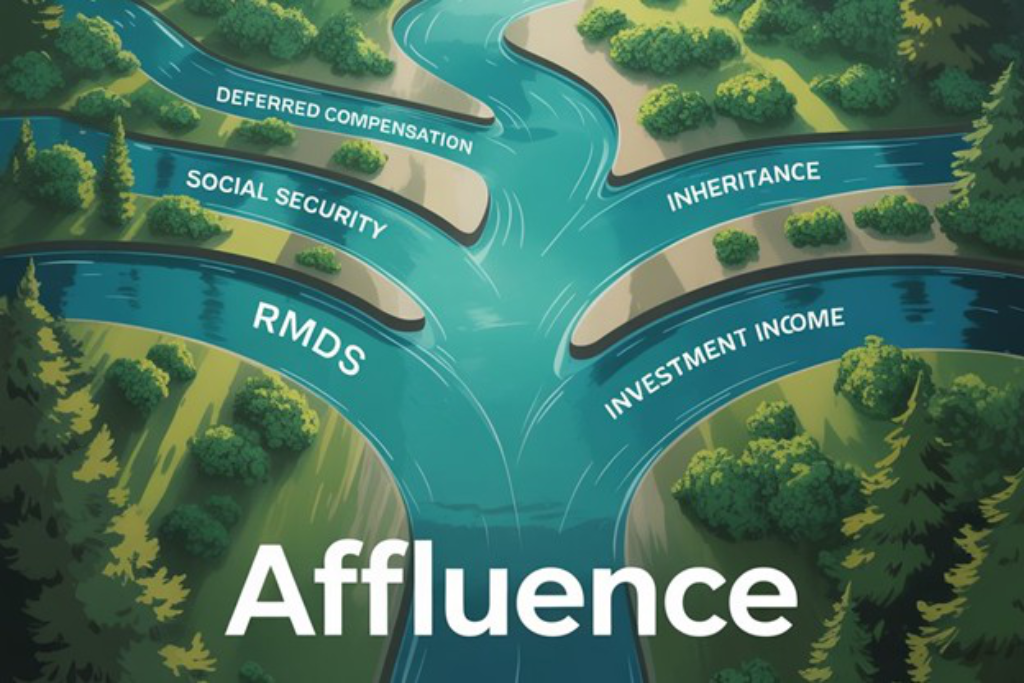Fiduciary Training: Put Fear to Rest

Fear is a powerful motivating force. Advertisers are keenly aware of this and market products to spur consumers to action. FOMO, “fear of missing out,” is part of our modern-day lexicon. More obscure is liticaphobia, the irrational fear of lawsuits or being sued by someone. This fear is based on an unfounded sense that you will be subject to litigation.
In the world of defined contribution plans, fear is not uncommon as there is hardly a week that goes by without news of another lawsuit alleging a breach of fiduciary duty by a plan sponsor. And while this fear and the urgency it creates can lead one to take action, it wouldn’t be a stretch to say that it might also be accompanied by stress, and, out of necessity, rash decision-making, rather than a more fully deliberative process.
On the other hand, there is a more positive approach to mitigating risk, building competence as a fiduciary, and making more informed and confident decisions: fiduciary training. When you speak with ERISA attorneys or anyone who has ever gone through the process of a Department of Labor audit, you would not be surprised to hear how crucial fiduciary training is in helping retirement plan committees improve their competence and confidence.
Helping committee members first and foremost understand their role and their responsibilities is where fiduciary training begins. Defining who or what is a fiduciary and making distinctions between fiduciary and settlor functions are the cornerstones upon which this foundation of knowledge is built.
Committee members can build upon this initial understanding by learning about the four basic rules that all fiduciaries should follow, in essence: loyalty, prudence, documentation, and diversification.
It is helpful for committee members to see themselves in the mindsight of the average plan participant to grasp the exclusive benefit rule and the concept of loyalty to plan participants and their beneficiaries. Conflicts of interest and prohibited transactions are things that solid governance will help committee members understand, be aware of, and mitigate.
Establishing the standards of prudence and care to be undertaken as fiduciaries can be daunting to many novice or under-trained committee members (everyone can get a little rusty over time). There are the complexities of modern plan design, investment selection and monitoring, fee benchmarking, and more to navigate. Hiring outside experts and partners to assist in understanding these challenges and make prudent decisions is a step in the right direction. If a fiduciary does not have the necessary knowledge to fulfill their fiduciary responsibility, they can hire a service provider to provide the expertise.
Let’s face it—plan documents are not light reading material for many committee members (nor do they make for page-turning summer reading). But the third crucial rule to follow is that your plan should be operating in accordance with the plan document. A legal document. Again, sponsors can benefit from the expertise of firms that can help them understand ERISA, their plan document, administer their plan, and minimize the potential for failures.
On the topic of documents more broadly, committee members should learn which documents they should be retaining, revisiting or revising, and the purpose of each document. Certainly, the investment policy statement (IPS) would be one such document that committees would want to put some effort into reviewing and familiarizing themselves with its contents.
Regarding diversification, the construction of the investment menu is shaped by the goals of the sponsor, unique needs of the participants, and the parameters spelled out in the IPS. Plan participants have a wide range of sophistication and comfort when it pertains to investing. Defined contribution plans have participants of all ages, demographics, and roles within their organization—and offering a diverse menu can help meet their needs and your fiduciary obligations. Through fiduciary training, committees can learn about the benefits of 404(c) protection as it relates to the investment decisions of plan participants.
It is not a stretch to say that not every committee member initially knows what an expense ratio is, or what revenue sharing entails, nor how to even compare the idiomatic “apples to apples.” Through training and education, and often with the help of prudent experts, committee members can gain an understanding of these terms and grow confidence in making decisions that will benefit their plan participants.
While there may not be a master class on fiduciary training (not yet anyway), all plan sponsors should embrace the opportunity as a plan fiduciary and make fiduciary training a key component of their plan governance process. Many will find the new knowledge and competencies emboldening and rewarding. Risk officers will appreciate the benefit to the organization and its liability coverages. Business or organizational leaders will understand the impact that it can have in helping prepare a workforce for future retirement. So, put your fears to rest and take the steps in your organization to make fiduciary training a recurring piece of your committee’s process.
Please note that while the information above may be helpful in creating fiduciary training, this brief overview is not fully encompassing and there are other elements and considerations that will need to be incorporated. If you would like help with drafting or updating your fiduciary training process, then contact Rich Swanner at Highland, 440.808.1500.
Highland Consulting Associates, Inc. was founded in 1993 with the conviction that companies and individuals could be better served with integrity, impartiality, and stewardship. Today, Highland is 100% owned by a team of owner-associates galvanized around this promise: As your Investor Advocates®, we are Client First. Every Opportunity. Every Interaction.
Highland Consulting Associates, Inc. is a registered investment adviser. Information presented is for educational purposes only and does not intend to make an offer of solicitation for the sale or purchase of specific securities, investments, or investment strategies. Investments involve risk and unless otherwise stated, are not guaranteed. Be sure to first consult with a qualified financial adviser and/or tax professional before implementing any strategy discussed herein. Past performance is not indicative of future performance.



